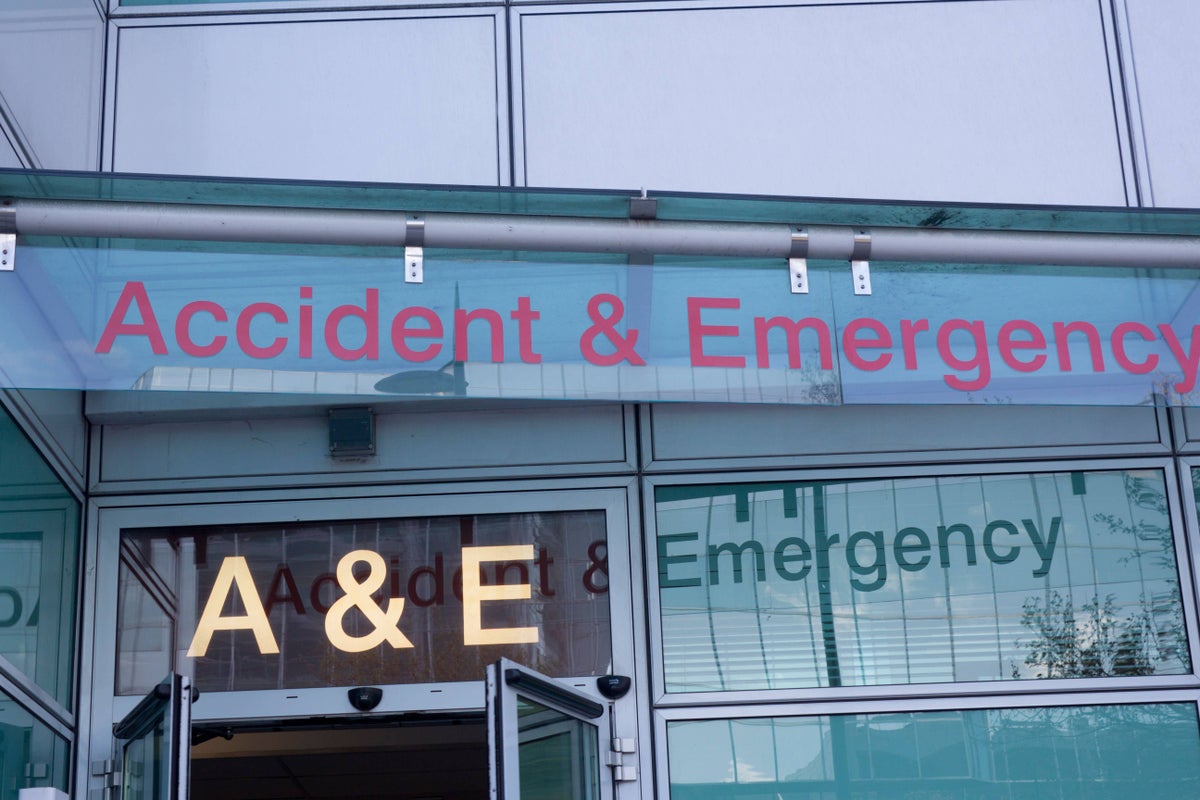
The NHS has published its latest monthly performance figures for hospitals in England, which show referrals for cancer treatment have slipped further behind target and A&E “corridor care” remains high, though the overall waiting list has fallen.
Here, the PA news agency looks at the key statistics:
– Overall waiting list
The waiting list for routine hospital treatment has dropped slightly, after previously rising for three months in a row.
An estimated 7.39 million treatments were waiting to be carried out at the end of September, relating to 6.24 million patients, down from 7.41 million treatments and 6.25 million patients at the end of August.
The list hit a record high in September 2023, with 7.77 million treatments and 6.50 million patients.
The size of the list has been on an upward trend for much of the last 10 years, passing three million treatments in 2014, four million in 2017, five million in 2021 and seven million in 2022.
In February 2020, the last full month before the start of the Covid-19 pandemic, the list stood at 4.57 million treatments.
– Long waits for treatment
Some 1,489 patients are estimated to have been waiting more than 18 months to start routine hospital treatment at the end of September, up slightly from 1,418 in August.
A year earlier, in September 2024, the number stood at 2,701.
There were 12,822 patients who had been waiting more than 65 weeks to start treatment, up from 12,793 the previous month.
This figure stood at 22,884 in September 2024.
A total of 180,329 people had been waiting more than a year to start routine hospital treatment at the end of September, down from 190,549 at the end of August.
A year earlier, the figure stood at 249,024.
Some 2.4% of people on the list for hospital treatment had been waiting more than 52 weeks in September, down from 2.6% the previous month.
The Government and NHS England have set a target of March 2026 for this figure to be reduced to less than 1%.
– Accident & emergency waits
The number of people waiting more than 12 hours in A&E departments from a decision to admit to actually being admitted, so-called “corridor care”, stood at 54,314 in October, up from 44,765 in September.
The number waiting at least four hours from the decision to admit to admission also rose, standing at 142,734 in October, up from 129,004 in September.
Some 74.1% of patients were seen within four hours in A&Es last month, down from 75.1% in September.
The Government and NHS England have set a target of March 2026 for 78% of patients attending A&E to be admitted, discharged or transferred within four hours.
– Cancer referrals
A total of 73.9% of patients urgently referred for suspected cancer were diagnosed or had cancer ruled out within 28 days in September, down from 74.6% in August.
This is below the current target of 75%.
The Government and NHS England have set an additional target of March 2026 for this figure to reach 80%.
There is a large difference between the proportion of patients having cancer ruled out and those having cancer confirmed.
Some 75.3% of those patients ruled out of having cancer were told within 28 days in September.
By contrast, just 52.2% of patients had their cancer confirmed within 28 days.
The proportion of patients who had waited no longer than 62 days in September from an urgent suspected cancer referral, or consultant upgrade, to their first definitive treatment for cancer was 67.9%, down from 69.1% in August.
The Government and NHS England have set a target of March 2026 for this figure to reach 75%.
GPs made 286,050 urgent cancer referrals in September, up from 264,388 in August and up year on year from 257,138 in September 2024.
– Ambulance response times
The average response time in October for ambulances dealing with the most urgent incidents, defined as calls from people with life-threatening illnesses or injuries, was eight minutes and one second.
This is unchanged from September and is above the target standard response time of seven minutes.
Ambulances took an average of 32 minutes and 37 seconds last month to respond to emergency calls such as heart attacks, strokes and sepsis.
This is up from 30 minutes and 46 seconds in September.
The Government and NHS England have set a target for this figure to average 30 minutes across 2025/26.
The average currently stands at 29 minutes and 11 seconds.
Response times for urgent calls, such as late stages of labour, non-severe burns and diabetes, averaged two hours, four minutes and one second in October, up from one hour, 56 minutes and 52 seconds in September.
– Diagnostic tests
More than 380,000 people had been waiting longer than six weeks for a key diagnostic test in September.
Some 386,849 patients, 22.5% of the total, were waiting longer than six weeks for one of 15 standard tests, including an MRI scan, non-obstetric ultrasound or gastroscopy.
This is down from 397,381 in August (24.0% of the total) but higher than the figure a year earlier in September 2024, which was 359,933 (22.7%).
